XHDATA D608WB Emergency Radio Review
As an Amazon Associate, we earn from qualifying purchases at no cost to you.
After planning to see a movie at the local drive-in (and not wanting to drain the car’s battery), I realized how few FM radios I own. In the age of music streaming services, I guess we don’t think about traditional broadcast radio as much as we did in the ’90s. A weather radio like this can not only provide the audio for a movie at a drive-in, but it also comes in handy during power outages with its built-in lights, weather band tuner, and emergency alert siren.
Design
Given its multiple functions, I recently purchased the XHDATA D608WB Emergency Radio to have on hand for not only emergencies, but for casual FM radio listening in the back yard or at the drive-in. Orange is one of my favorite colors, so I really like the design of the XHDATA D-608 emergency weather radio. In addition to the orange exterior, even the LED screen lights up with a orange backlight any time a button is pressed. The unit is also much more compact than the Raynic Emergency Radio 5000 I purchased previously.
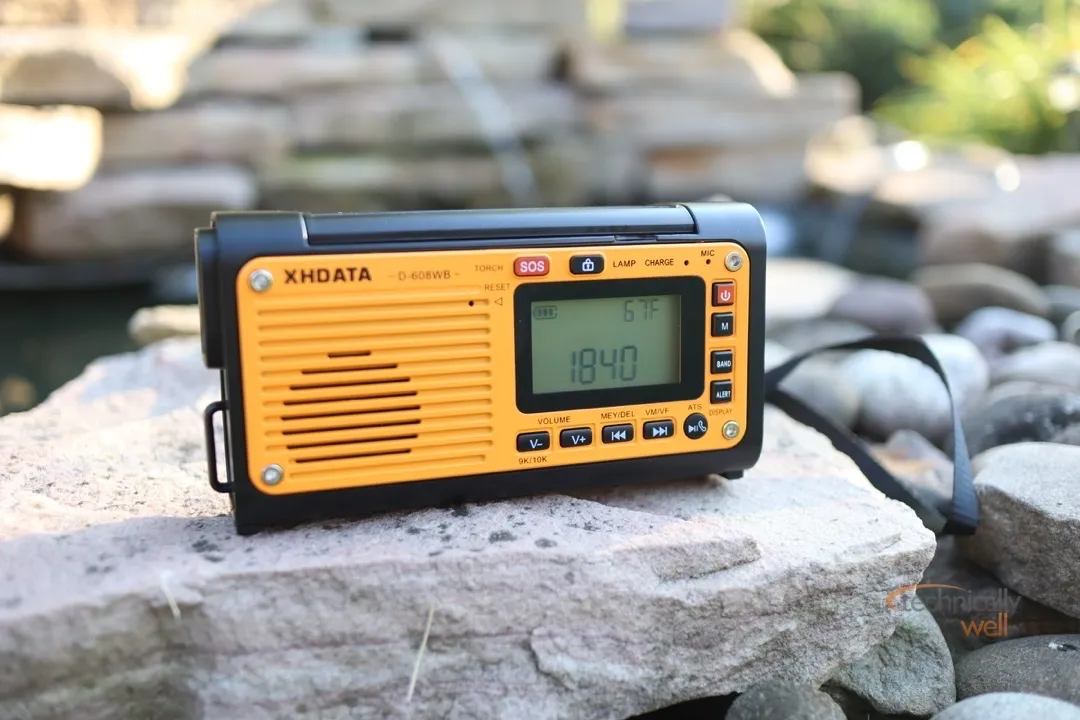
Performance
Flashlight and Reading Light
The flashlight is bright enough to see around your house in the dark, but it won’t light up an entire back yard. It can be set between low, medium, and high brightness when the radio is off. For some reason, when the radio is on, it will only do the high brightness.
The reading light can be found by flipping up the solar panel. It provides some diffused light and doesn’t seem to have the “flickering” issue I noticed on the Raynic 5000 Emergency Radio. Again, it has 3 brightness levels when the radio is off, and if limited to the highest brightness when the radio is on.
Radio
The radio performs very well. For listening to music, the sound is better than the average weather radio I’ve used and it even has a little bass. In fact, when listening to talk radio on AM (referred to as a MW on the band selector), some voices can sound too “boomy” due to the increased bass. It’s not able to get as many FM stations as my car’s radio can, but my car has a much larger antennae. The stations it does receive come in loud and clear.
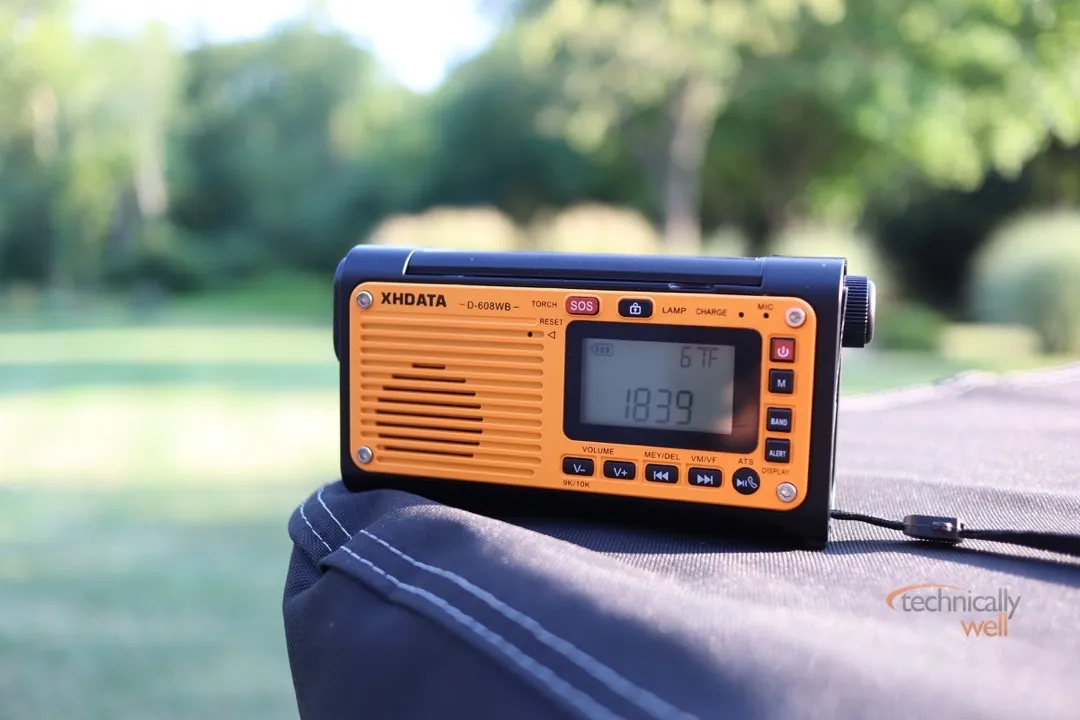
I like that XHDATA incorporates a physical knob on the side, which makes manually finding a station so much easier than pressing up and down buttons. The radio can also automatically search and store the radio station it can receive if you don’t want to set it manually.
The XHDATA D608WB Emergency Radio also does a good job tuning to my local weather station, although I did notice some crossover with neighboring frequencies infrequently and could usually be corrected by moving the unit slightly. If you’re not sure what the frequency is for the weather radio station in your area, refer to this list from the National Weather Service.
Additionally, the XHDATA D608WB Emergency Radio can be used as a Bluetooth speaker, as well as play MP3 files from a microSD card. These are two features that the Raynic 5000 does not have.
My main complaint about this radio is the fact that it is very confusing to use! I’m a nerd and can usually pick these things up fairly quickly, but between the buttons with 2 or 3 different labels and the seemingly random numbers appearing on the display, I find myself constantly reaching for the manual. To save you some time, I’m included some simplified instructions below
Recharging the XMDATA D-608
One interesting feature of this radio is that it uses a replaceable lithium-ion battery! This helps add to the longevity of this radio as you can simply replace this lithium-ion battery when it goes bad or keep some extra ones on hand for backup power. Many of these radios use a permanently installed battery (like your phone) that you cannot easily replace yourself.Extra batteries are available on XHDATA’s site, but be sure to look at the battery that came with your radio and note if it has a protruding top or not.
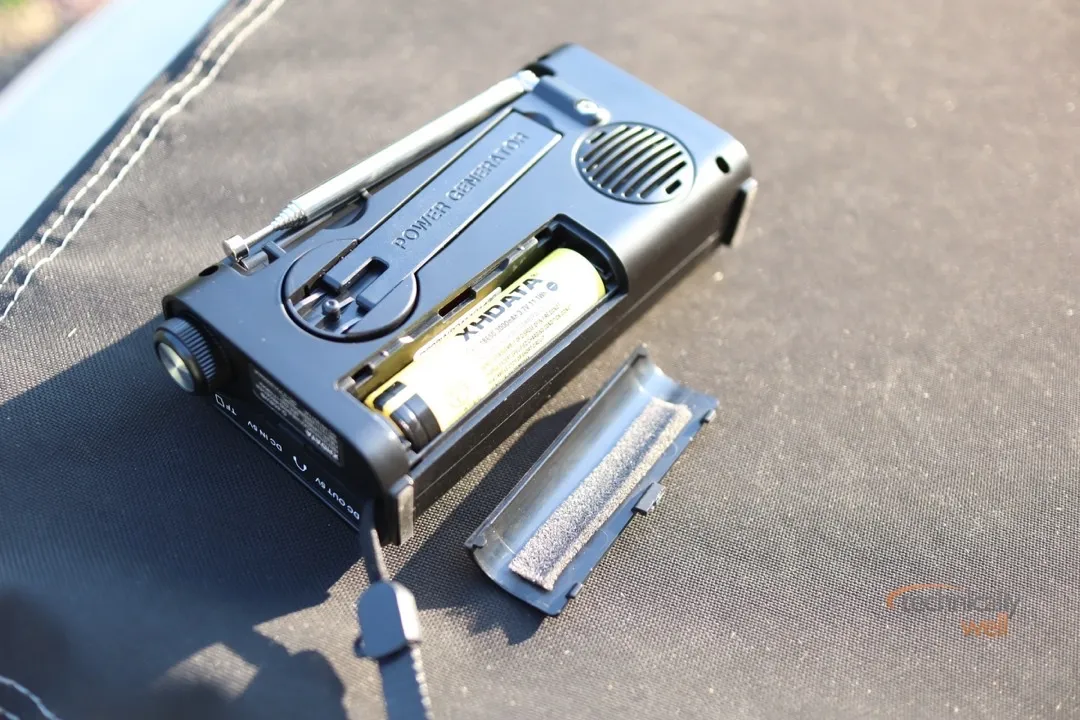
Unfortunately, there is no option to power this radio with standard AA or AAA batteries.
The solar and crank charging are gimmicky, but that’s the case for most of these emergency radios. Solar charging would likely take a full week of sunny skies to fully recharge the battery, and cranking would probably take close to half a day. The recharge times are likely comparable to the charging estimates for the Raynic 5000, which they openly disclosed. Therefore, think of the solar and crank charging as a means to keep the battery “topped-off” and not as a means to fully recharge the radio.
Tune to an FM Station on the XHDATA D-608
-
Power On the Device
- Short press the Power button. The display will show
ON.
- Short press the Power button. The display will show
-
Select FM Band
- Short press the BAND button until “FM” appears on the screen.
-
Adjust FM Frequency Range (one-time setting)
- Long press the BAND button.
- Then short press it repeatedly to cycle through available FM ranges:
64–108 MHz,76–108 MHz,87–108 MHz(USA), or87.5–108 MHz.
-
Manual Frequency Search (VF Mode)
- Short press the VF (View Frequency?) button to enter manual tuning mode.
- Turn the TUNING knob slowly or quickly to find your desired FM station.
Save FM Station as Preset (Manual Memory)
-
Verify VF Mode Is Active
- Confirm you’re still in manual tuning mode.
-
Store the Station
- After tuning to the desired station, short press the MEY button.
- The station number in the top-right corner will flash.
- Turn the knob to change to a different preset slot, if desired.
- Press MEY again to confirm and save the station to that preset slot.
Recall Saved Stations (VM Mode)
- Short press the VM (View Memory?) button to enter memory station mode.
- Turn the TUNING knob to cycle through your saved station preset slots.
Tip: Use Auto Tuning Storage (ATS)
- Press and hold ATS while in FM mode to auto scan and save all available stations.
Set the Time on the XHDATA D-608WB
Important: These steps must be done while the radio is powered off. Also, I have not found a way to change from the 24-hour clock to a 12-hour clock.
-
Enter Clock Setting Mode
- Press and hold the
Powerbutton (🔘) while the radio is off. - The clock digits on the display will begin to flash.
- Press and hold the
-
Adjust the Hour
- Turn the TUNING knob to set the correct hour.
- When you’re satisfied, short press the
Powerbutton to confirm. - If you’re not familiar with the 24-hour clock (military time), here’s a quick rundown:
| 12-Hour Time | Military Time |
|---|---|
| 1:00 PM | 13:00 |
| 2:00 PM | 14:00 |
| 3:00 PM | 15:00 |
| 4:00 PM | 16:00 |
| 5:00 PM | 17:00 |
| 6:00 PM | 18:00 |
| 7:00 PM | 19:00 |
| 8:00 PM | 20:00 |
| 9:00 PM | 21:00 |
| 10:00 PM | 22:00 |
| 11:00 PM | 23:00 |
| 12:00 AM | 00:00 |
- Adjust the Minutes
- After confirming the hour, the minute digits will flash.
- Turn the TUNING knob to set the minutes.
- Short press the
Powerbutton again to confirm.
XHDATA D608WB FAQs
Where can I get a replacement battery for the XHDATA D608WB?
Replacement batteries are available on XHDATA’s site, but be sure to look at the battery that came with your radio and note if it has a protruding top or not. Mine came with a 18650 3000mAh battery with a button (protruding). The size is 18cm x 18 cm x 67mm (with the button top).
How long does it take to recharge the XHDATA D608WB with solar?
The solar charging is not very efficient. It would likely take a full week of sunny skies to fully recharge the battery. The solar panel is more of a backup option to keep the battery topped off rather than a primary charging method.
How long does it take to recharge the XHDATA D608WB with the hand crank?
The hand-crank charging is also not very efficient. It would probably take close to half a day of cranking to fully recharge the battery. Again, this is more of a backup option to keep the battery topped off rather than a primary charging method.
How long does it take to recharge the XHDATA D608WB with the USB-C port?
It takes about 3.5 hours to recharge the XHDATA D608WB’s 3000mAh battery using the USB-C port, assuming a common 5V/1A power source.
Can I use AA or AAA batteries in the XHDATA D608WB?
No, the XHDATA D608WB does not have an option to power it with standard AA or AAA batteries. It only uses a replaceable lithium-ion battery.
Our Verdict
The XHDATA D608WB Emergency Weather Radio is functional with its bright flashlight, reading light, and very good sound quality for listening to local FM, AM and weather radio stations. However, the controls are confusing and the solar and hand-crank charging are not very efficient.
PROs
- Bright flashlight and reading light
- Very good sound quality for listening to FM, AM, and weather radio
- Replaceable lithium-ion battery
- Physical tuning knob for easy manual tuning
CONs
- Confusing to program
- Solar and hand-crank charging are not very efficient
- No option for AA or AAA battery power
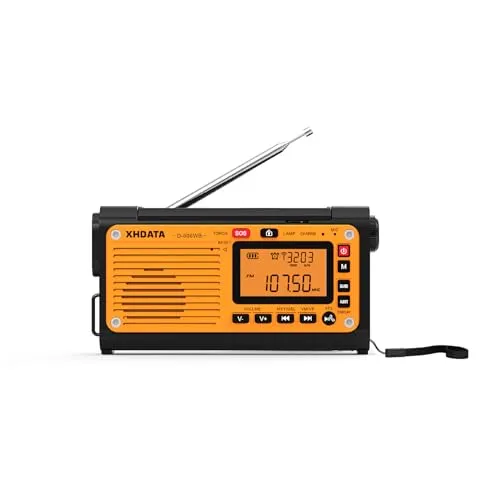
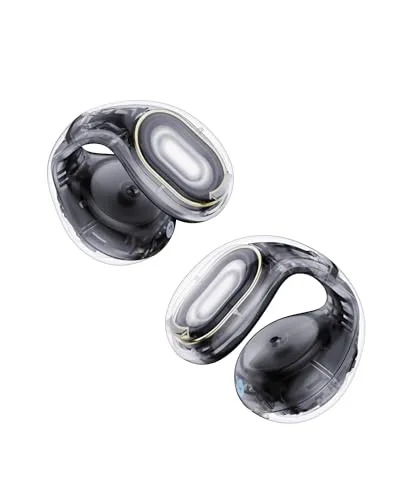

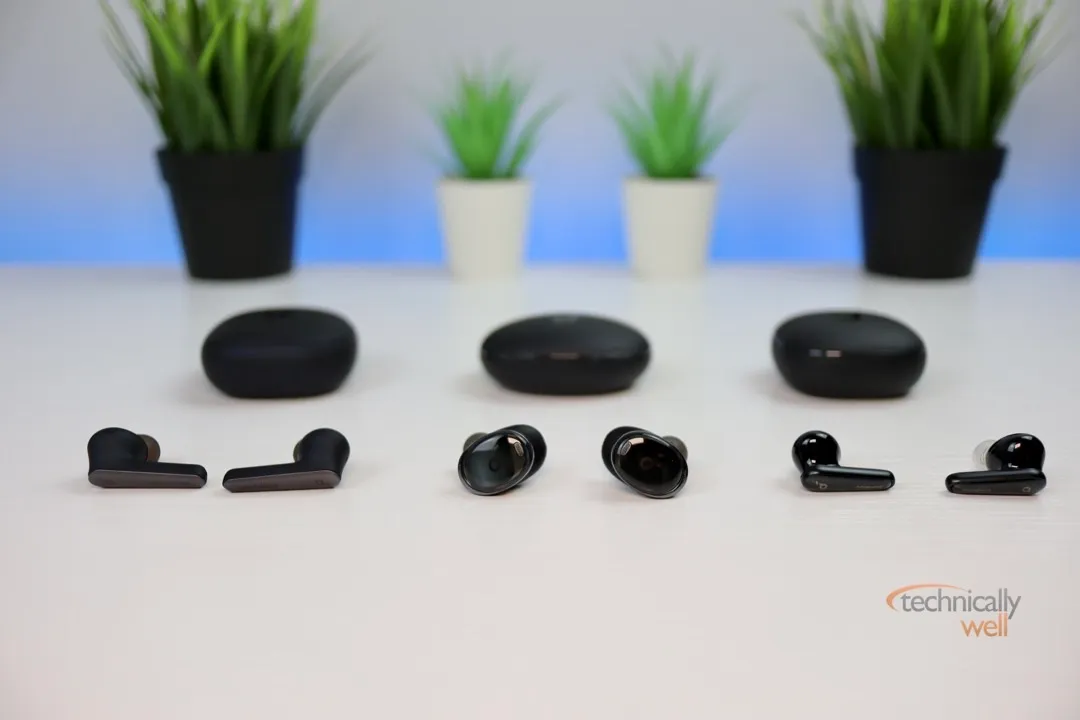
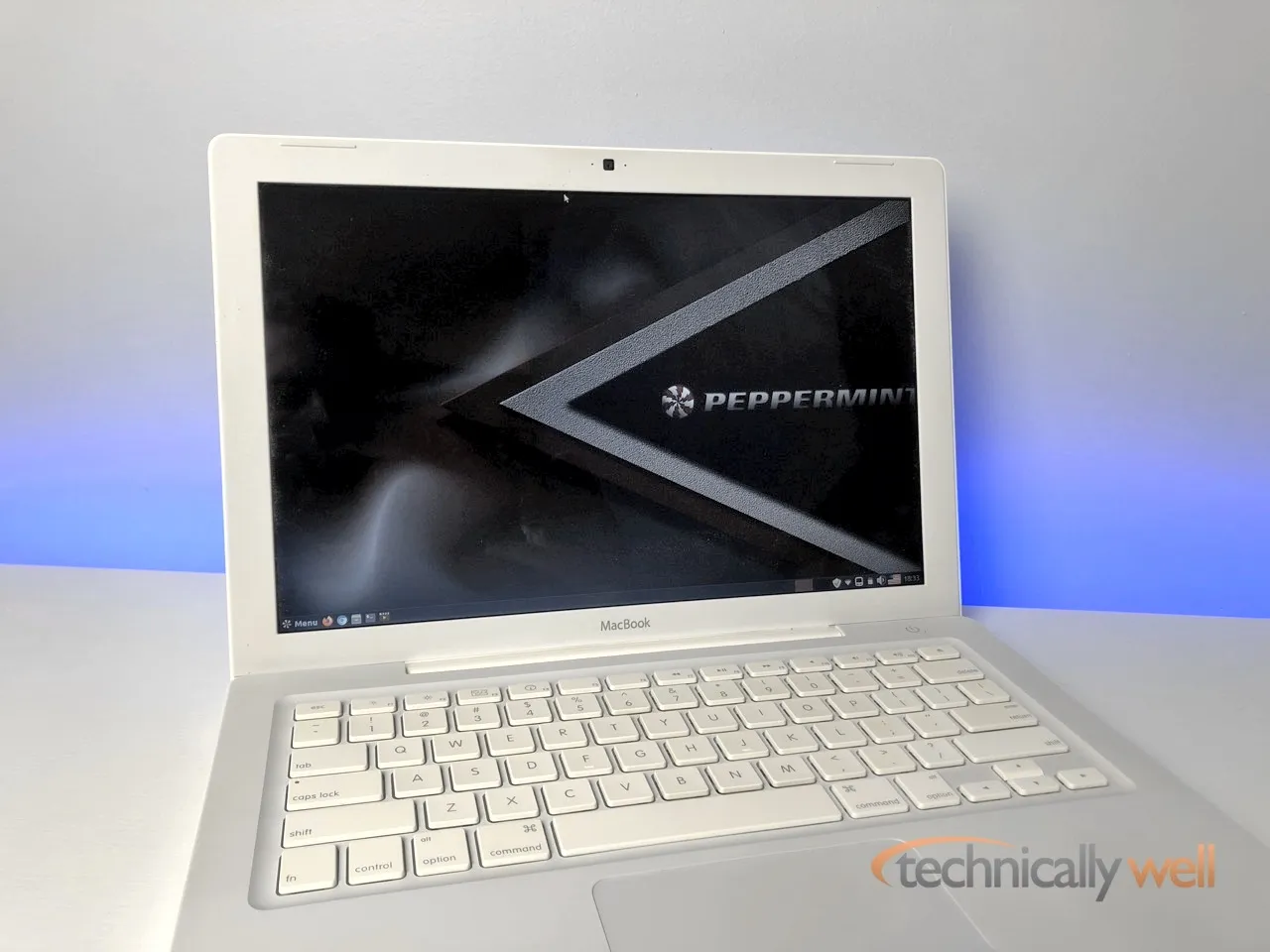
 Hi, I'm Ryan! I've worked in the IT industry for over two decades and I love checking
out new gadgets, apps, and services that make our lives easier.
Hi, I'm Ryan! I've worked in the IT industry for over two decades and I love checking
out new gadgets, apps, and services that make our lives easier.